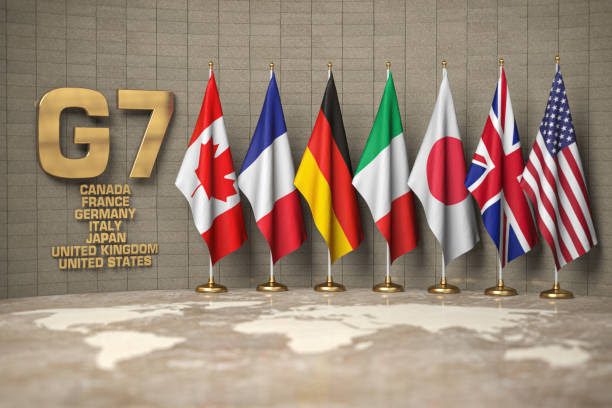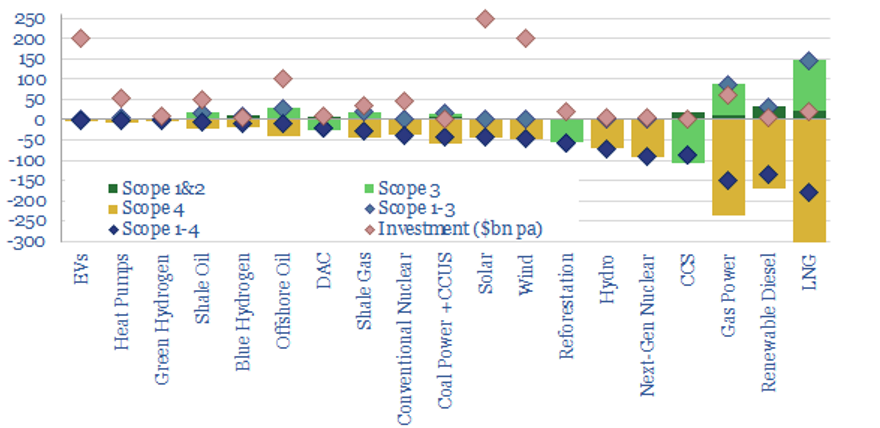
Courtesy of iStock
Courtesy of ENERGYminute
See more articles and infographics from ENERGYminute HERE
Aligning policies is an important step to address and manage global climate change and energy transition concerns. G7 leaders will be working on this alignment in a few weeks with the role of one energy source in particular—natural gas—still heavily debated.
Background: The International Energy Agency provided an outlook on gas markets report to support energy policy alignment ahead of the recent G7 energy ministers meeting and upcoming G7 leader’s summit hosted by Japan.
The TL;DR version is that as far as G7 climate commitments are concerned, discussing natural gas investment is becoming akin to wearing seat belts in the 70s and bike helmets in the 90s: not very “cool”, but important if you want to make it to your destination safely—like to the other side of an energy transition.
Significant investment in natural gas is required just to maintain current supply
The IEA report also found that if we don’t maintain a steady supply of natural gas to keep prices affordable, end-users might be financially motivated to switch back to coal instead.
- To acheive this would require anywhere from $200 to $280 billion in natural gas annual investment.
Even a recent Net Zero Australia study done by various universities found that a doubling Australia’s gas-fired power capacity is needed to support the peaks and valleys inherent in the deployment of renewable power and energy storage as they phase out coal.
Lifetime carbon dioxide per $1 billion of investment by energy source, including Scope 4 emissions
million tonnes per annum

Courtesy of Thunder Said Energy
Part of the dilemma for the G7 is that any money they pledge to natural gas exploration and production to support price competitiveness, is money they are not using to deploy so-called “cleaner” technologies like renewables and storage.
Leaking less and making more: Another way to produce more gas and reduce carbon emissions is to tackle an industry-wide need to reduce flaring and fix leaks across existing gas infrastructure. The US Energy Information Administration (EIA) believes that more than 260 billion cubic meters of natural gas is wasted each year in this way.
Break open the piggy bank though because the EIA also estimates that making these changes would take around $100 billion annually until 2030.
For everything else, there’s carbon capture
While impacting its affordability as an energy source, pairing natural gas generation with carbon capture would add “carbon competitiveness” to its existing resume of reliability and predictability. This would position natural gas to provide reliable, low-carbon electricity well into the future.
Zoom out: While it’s tempting to define certain energy sources as being either “clean” or “dirty”, energy systems are more complex than simple labels. Power supplies compete on several metrics, including reliability, affordability, carbon intensity, and what it would displace.
In the case of natural gas, G7 leaders will try to come up with some degree of alignment in a few weeks, even if it might not be considered the “cool” thing to do.
+Additional Reading: IEA Outlooks for gas markets and investments
++Bonus Infographic: Coal-to-Gas Switching
Share This:




 CDN NEWS |
CDN NEWS |  US NEWS
US NEWS 




























